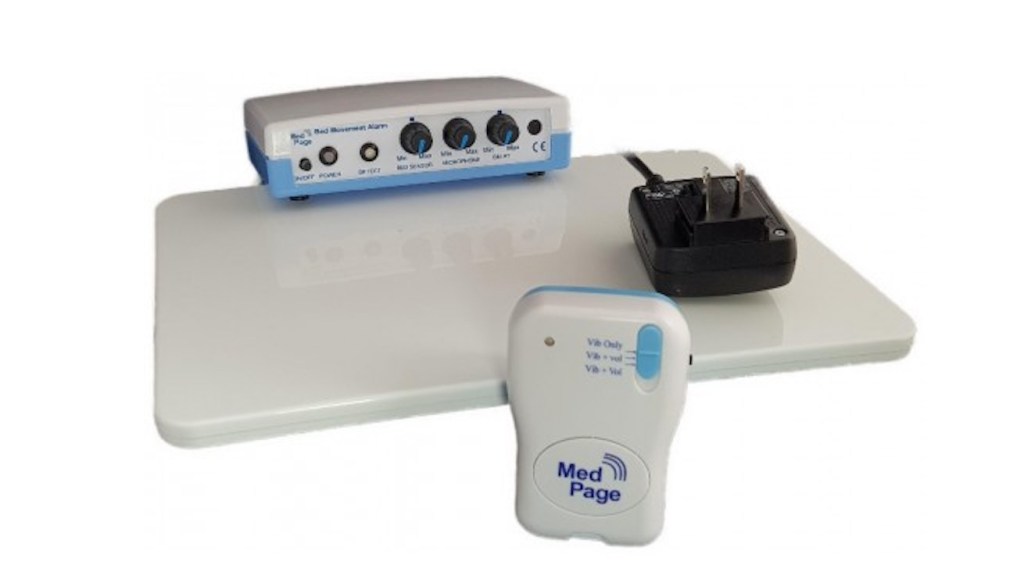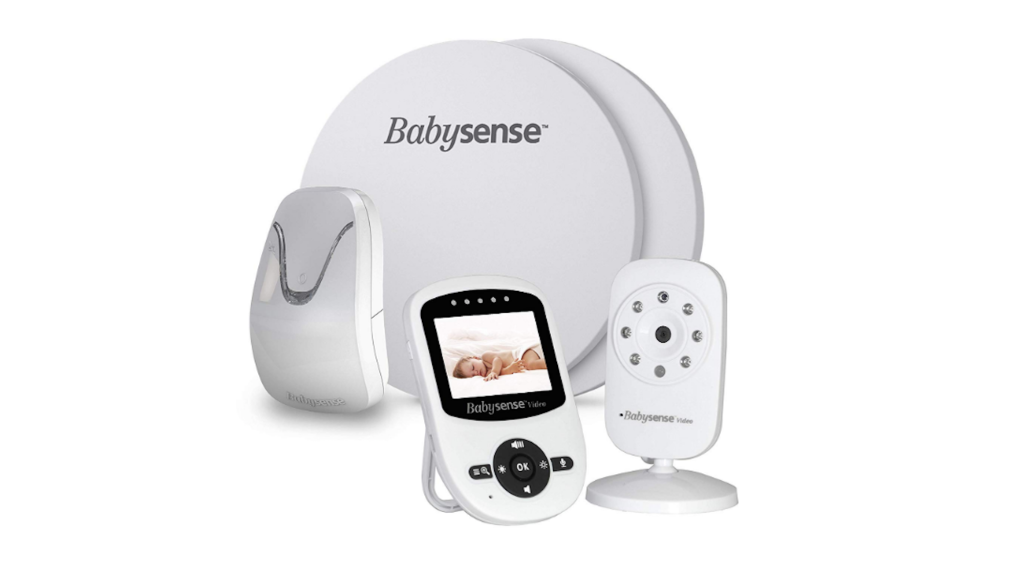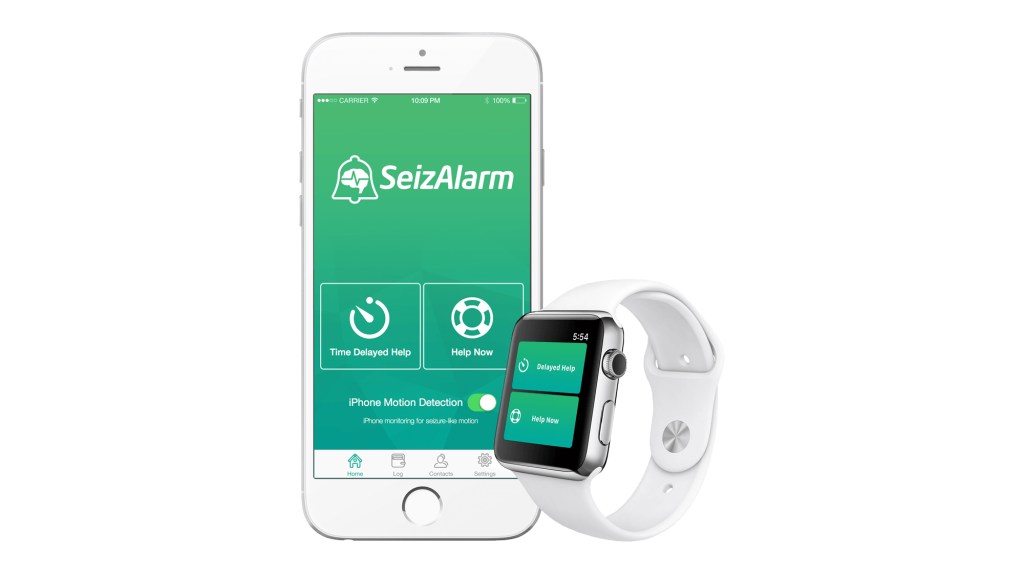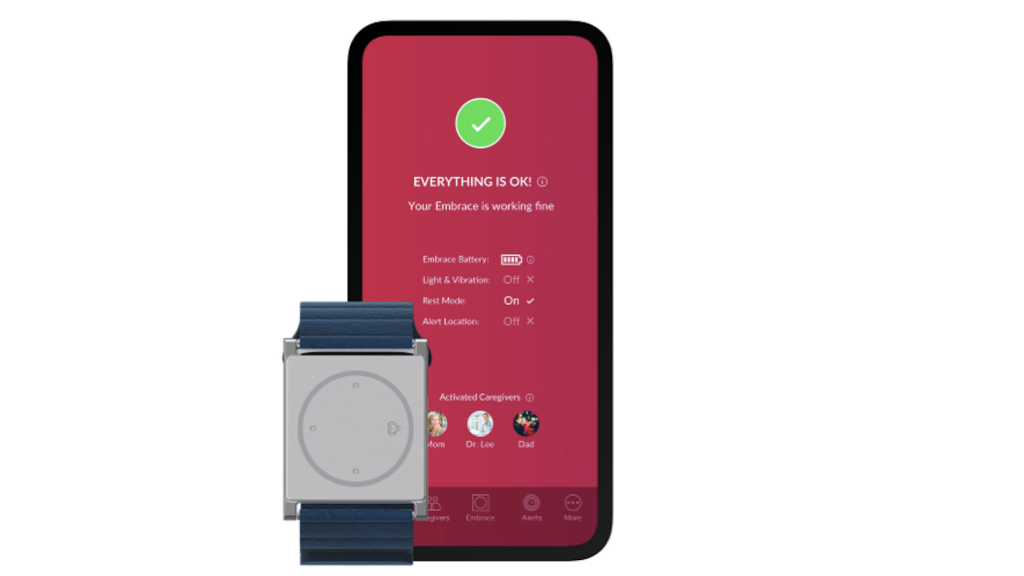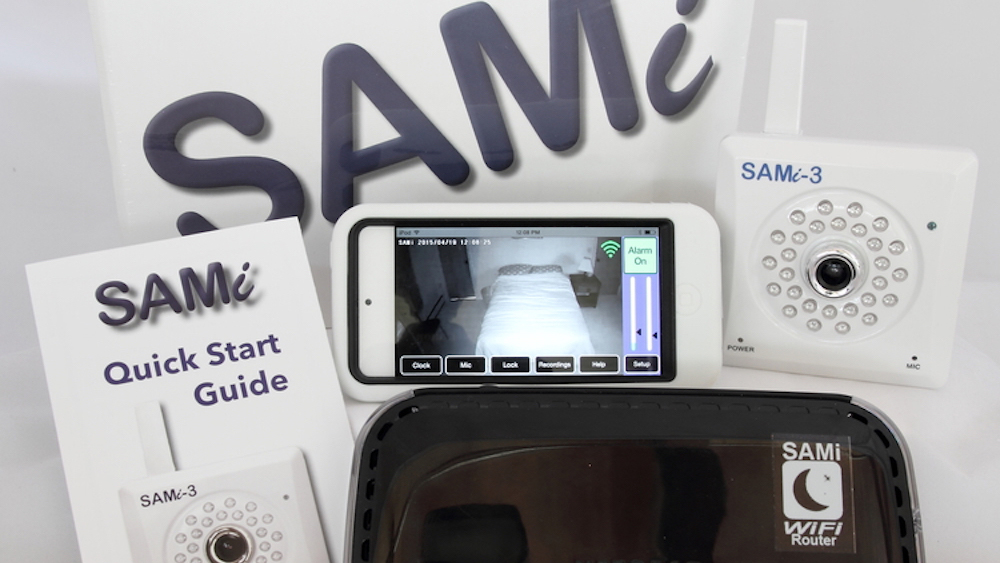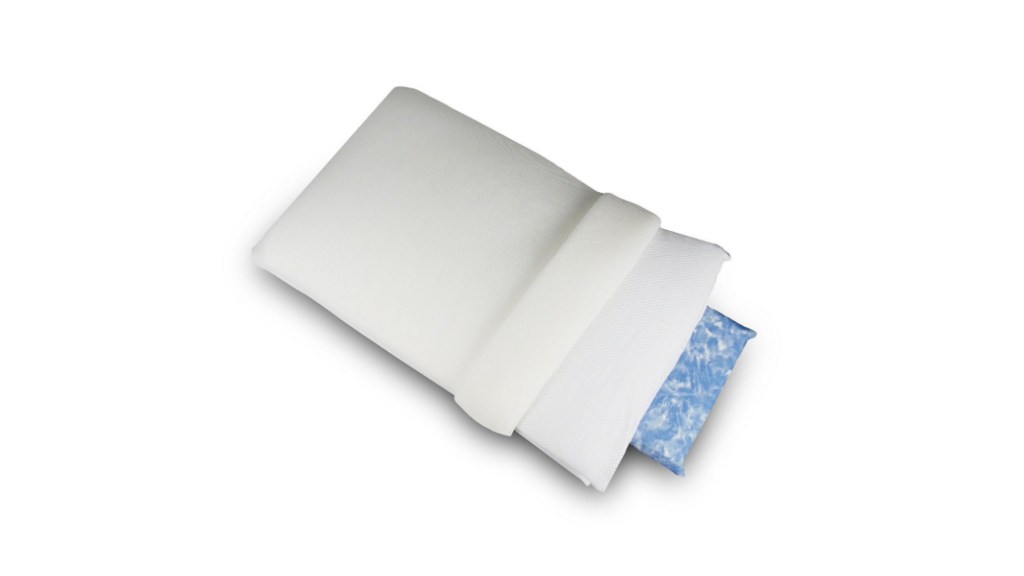5 Handy Devices That Can Help Detect Seizures
International Epilepsy Day is February 10.
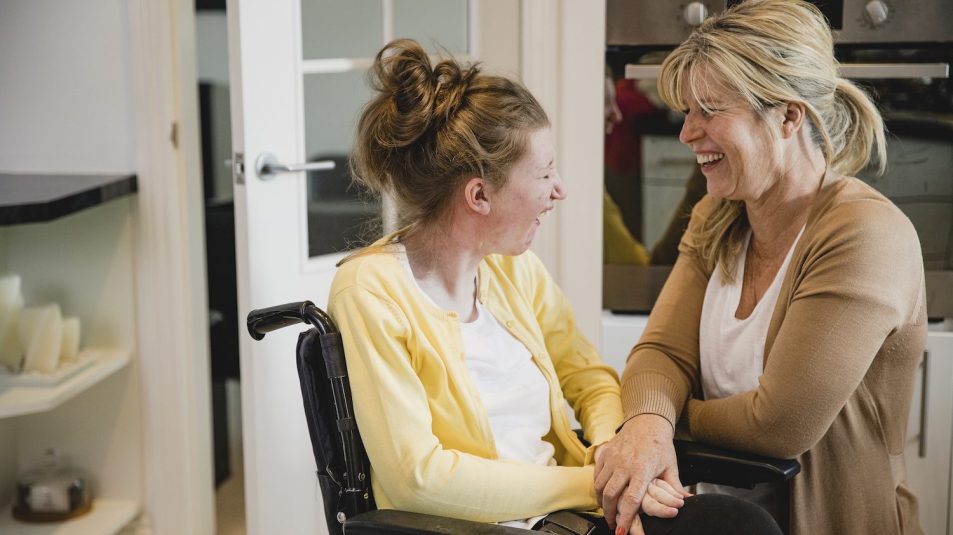
For the more than 3.4 million people living with epilepsy, seizures may be an unavoidable part of life. While these brain-induced occurrences can be scary, with some causing spasms or even loss of consciousness, the best seizure detection device can alert family members and caretakers when an episode is occurring, so that they may respond quickly and efficiently.
What is a seizure?
Seizures happens when there is a sudden surge of electrical activity in a person’s brain. The severity of a seizure can range greatly from one to the next, and a range of different types and severities can be experienced by a single individual. While most epilepsy seizures end on their own and are not cause for significant concern, according to the Epilepsy Foundation, others can cause injury, and, in extreme cases, death.
To help reduce the risk of an injury or fatality, alert monitor devices may be used to provide a sense of security, particularly for parents with seizure-prone children.
“There is more and more interest and excitement about [seizure detection] devices, because seizures are very difficult to track,” Dr. Jacqueline French, M.D., and professor of neurology at NYU Comprehensive Epilepsy Center tells FIRST for Women. “Just a single seizure under the wrong circumstances can be deadly. People who have loved ones who have seizures are always worried about them — that they might have a seizure out of … sight, out of [earshot, or] while alone, [with] nobody [to] come to their aid. So the idea that somebody could wear a device that could detect when a seizure happens … is very exciting.”
As the chief scientific officer for the Epilepsy Foundation, Dr. French explains that people with epilepsy are significantly less likely to have an unexplained death from a seizure if they live in an observed environment (for example, where somebody else is sleeping in the same room). “That suggests that having somebody know that you’re having a seizure and coming to your aid could, in fact, prevent you from having [an] unexplained death.”
Seizure detection devices mostly detect bigger convulsion seizures, which “are absolutely, as far as we know, the most dangerous type of seizure,” says Dr. French. She notes that these types are also “most likely to result in a dire consequence, which is a sudden unexpected death in epilepsy (SUDEP).”
One of the most important times to monitor someone who has seizures is while they’re sleeping. 2017 seizure study co-author Daniel Friedman, M.D., told the National Epilepsy Foundation that “the majority of SUDEP cases occur at night and often the person is found face down in bed.”
Although more research is needed as to their effectiveness, seizure detection devices have shown promise in alerting caretakers of nighttime incidents that would otherwise occur without anyone knowing.
Types of Seizure Detection Devices
Most of today’s seizure detection devices are designed to sense motion. They tend to fall into four categories as outlined by the Epilepsy Foundation of America: mattress devices, cameras, watches, and motion devices. Read on to learn more about each different type.
Mattress Devices: Since sleep monitoring is crucial for people who experience seizures, mattress detection devices are often a popular option. These are typically placed underneath a mattress to detect vibrations during sleep, though there are some models that are designed to be laid upon directly. If seizure-like motions occur, an alert will be sent to a caregiver.
Camera Devices: Cameras with infrared technology can also be effective detection devices for nighttime use. “They may catch certain types of movements that can alert to a seizure or [allow you to] listen for sounds,” explains Dr. French. Recording both video and audio, these cameras can be synced to a smartphone app that’s designed to identify seizure-like movements, at which point an alert will then be triggered.
Watch Devices: Wearable watch devices are another popular form of seizure monitor. Utilizing internal accelerometers to detect movements associated with seizures, these accessories will activate to alert loved ones by text, call, alarm, or even email if a seizure should occur. In some cases, GPS can even be used to help determine a seizure-sufferer’s location.
Motion Devices: Motion detection devices are another form of a wearable device. Designed to measure muscle activity through the skin (such as intense shaking in arm muscles), these devices can also record audio and store seizure information so that it can be shared with a health care team.
Anti-Suffocation Pillows: In addition to seizure detection devices, anti-suffocation pillows, which are also referred to as lattice pillows, can be used by those who experience seizures for safer sleep. They are designed with foam mesh and large air channels that allow air to pass through more freely than regular pillows.
Limitations of Seizure Detection Devices
While there have been major improvements and advancements in the technology that’s being used for seizure detection devices, it’s still a very new and evolving field. “All of these devices are in evolution. Versions keep coming out and they keep getting better, fortunately. We’re going to see the capabilities of these devices get better and better over time.” explains Dr. French.
It’s also important to recognize that seizure detection devices are only capable of detecting certain types of seizures at this stage in development. “You have to understand the sensitivity of the device you’re using and also you have to understand whether you have the types of seizures that the device picks up,” Dr. French states.
If a device doesn’t detect your specific type of seizures, it can create a false sense of security.
Anti-suffocation pillows, meanwhile, while more breathable than a normal pillow, have shown no evidence that they will prevent SUDEP or asphyxia.
To make sure you’re using the proper tools for your condition, Dr. French stresses the importance of tracking seizures with seizure diaries and journals. This will help you to pinpoint patterns in frequency and any lifestyle choices that may trigger seizures, enabling you to decide what type of detection device, if any, is best for you.
It’s also important to note that while some insurance companies may cover part or all of the costs associated with these devices, others may not.
As with any medical device or tool used to track or detect health-related activities, you should always consult your doctor before moving forward. Keep reading for FIRST for Women‘s top picks for the seizure detection devices.


